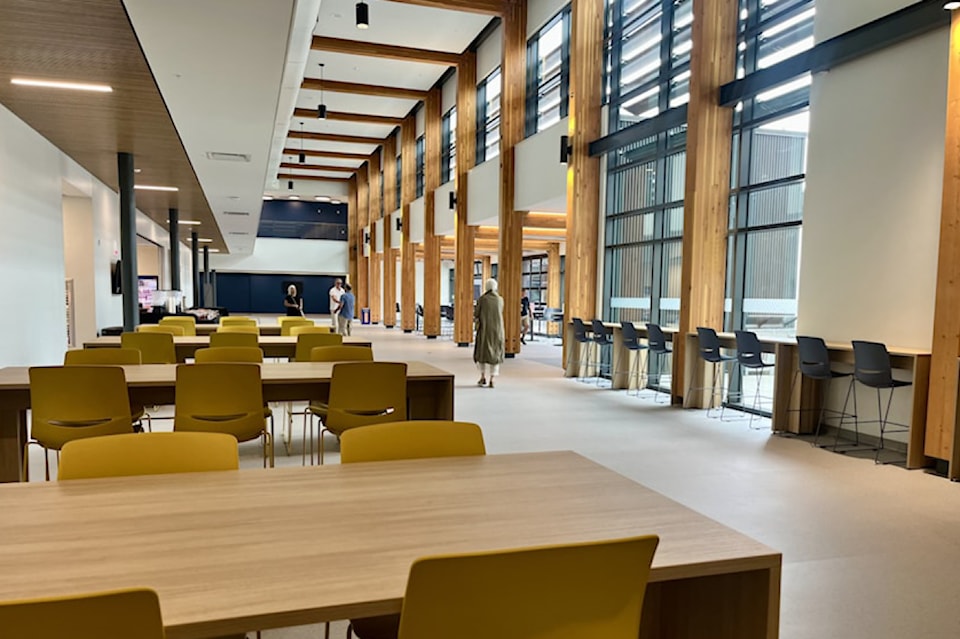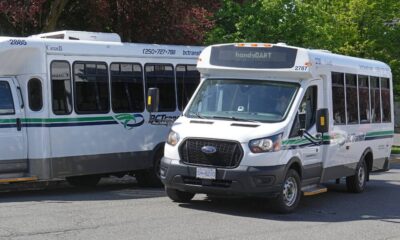Education
Independent Schools Boost B.C. Education, Counter Public Funding Claims

A recent letter to the editor addressed concerns regarding the funding of independent schools in British Columbia, asserting that these institutions detract from public education resources. However, the author, Silveria Roselli from Surrey, argues that this perspective is misguided.
Independent schools in British Columbia receive only 50 percent of the per-student operating grant that public schools obtain. This means that for every student enrolled in an independent school, an additional 50 percent of public funding remains within the public system, effectively increasing the resources available per student in those public schools.
Financial Contributions and Overcrowding Solutions
Furthermore, independent schools do not receive any government funding for capital projects such as constructing new buildings or renovating existing facilities. These expenses are covered entirely by the independent school community through private fundraising and tuition payments. Rather than exacerbating the challenges faced by public schools, independent institutions alleviate pressure by educating thousands of students without necessitating full public funding or capital investment.
As public schools in the Lower Mainland grapple with significant overcrowding, the presence of independent schools offers a viable solution. The growing waitlists for public institutions highlight the increasing demand for educational options. Parents who opt for independent schools continue to contribute to public education through their taxes, while also providing tuition and fundraising support for their own institutions. This dual contribution underscores the role of independent schools as partners, rather than adversaries, in the educational landscape.
Respecting Parental Choice in Education
Additionally, independent schools offer a range of educational options, including faith-based education, reflecting the diverse needs of families in British Columbia. This variety allows parents to choose the educational path that best suits their children, without detracting from the resources or opportunities available within the public system.
It is essential to maintain discussions around education funding grounded in factual information. As Roselli notes, independent schools contribute positively to the educational ecosystem, enhancing diversity and offering families choices that align with their values and needs. Recognizing the collaborative relationship between independent and public schools can lead to more effective strategies for addressing the educational demands of growing communities across the province.
-

 Politics4 weeks ago
Politics4 weeks agoSecwepemc First Nation Seeks Aboriginal Title Over Kamloops Area
-

 World5 months ago
World5 months agoScientists Unearth Ancient Antarctic Ice to Unlock Climate Secrets
-

 Entertainment5 months ago
Entertainment5 months agoTrump and McCormick to Announce $70 Billion Energy Investments
-

 Science5 months ago
Science5 months agoFour Astronauts Return to Earth After International Space Station Mission
-

 Lifestyle5 months ago
Lifestyle5 months agoTransLink Launches Food Truck Program to Boost Revenue in Vancouver
-

 Technology3 months ago
Technology3 months agoApple Notes Enhances Functionality with Markdown Support in macOS 26
-

 Lifestyle3 months ago
Lifestyle3 months agoManitoba’s Burger Champion Shines Again Amid Dining Innovations
-

 Top Stories2 months ago
Top Stories2 months agoUrgent Update: Fatal Crash on Highway 99 Claims Life of Pitt Meadows Man
-

 Politics4 months ago
Politics4 months agoUkrainian Tennis Star Elina Svitolina Faces Death Threats Online
-

 Sports5 months ago
Sports5 months agoSearch Underway for Missing Hunter Amid Hokkaido Bear Emergency
-

 Politics5 months ago
Politics5 months agoCarney Engages First Nations Leaders at Development Law Summit
-

 Technology5 months ago
Technology5 months agoFrosthaven Launches Early Access on July 31, 2025





















